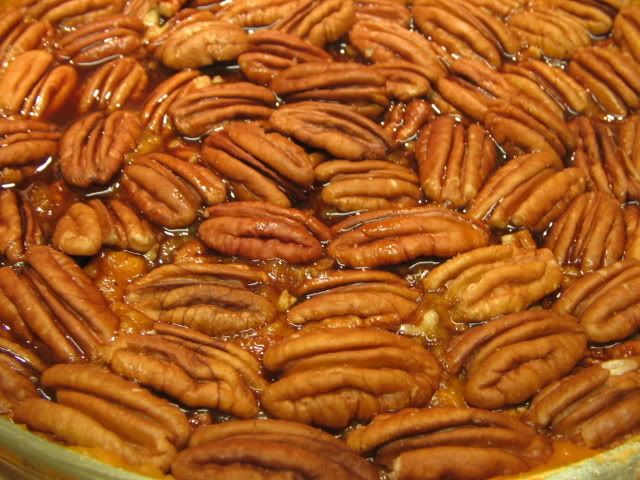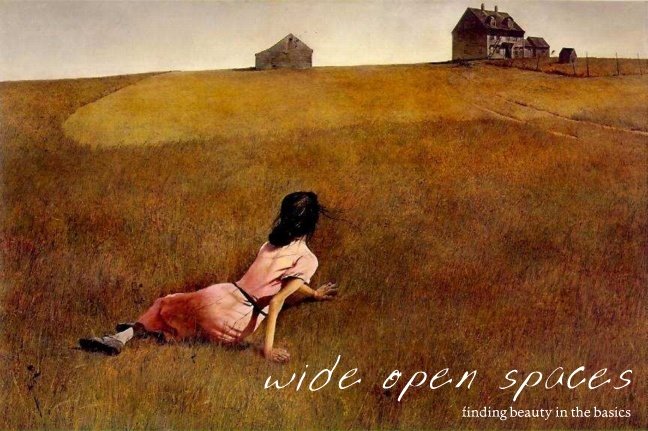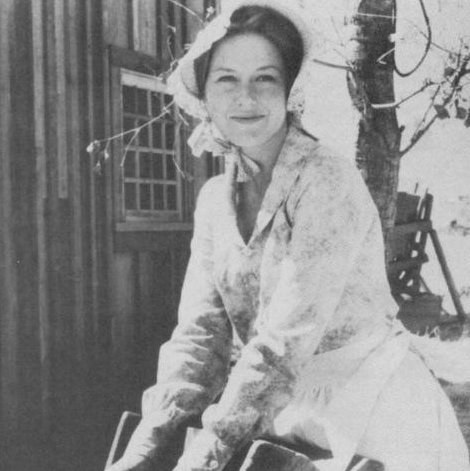
We are spending Thanksgiving with my in-laws and though I have made several offers, I have only been assigned one item to make.
The item. Nope, not the bird. The sweet potato casserole. This recipe is amazing. Like many a Thanksgiving vegetable side dish, I feel confident that it yields little nutritional content. The vegetable aspect is for show. It is dessert. But man, it kicks pumpkin pie's (butt, crust?) every time.
It may become a staple on your Thanksgiving table, too.
Sweet Potato Casserolemix all of this together and put it in a buttered casserole dish:
40 oz. of sweet potatoes (I used canned yams)
1/2 cup of softened butter
1/2 cup of sugar
2 eggs, beaten
1 tsp. of vanilla
soft boil below ingredients until it reaches soft ball stage:
(for those who are saying "huh?" you can use a candy thermometer which will tell you when it reaches this stage or you can blend it longer then you ever thought possible and then eventually you can take a little piece of the carmel like mixture and form it into a 'soft ball'. Drop the ball in a cup of cool water and it will remain a ball if it is ready.)
1/3 cup of milk
1/2 cup of heavy whipping cream
1 cup of light brown sugar
1/3 cup of melted butter
pour topping over sweet potato mixture. sprinkle with pecans. bake at 350 degrees for 30 minutes.
you may want to double this recipe, it's that good.


 Do you think I have time to whip some of these things up by Thursday, say four-ish? Sure, I could just buy them from Paper-Source {which I love, by the way} but I am really just wanting to find an old letterpress machine on Craigslist (with manual) read up on it for several minutes and go to town. Welcome to my fantasy world.
Do you think I have time to whip some of these things up by Thursday, say four-ish? Sure, I could just buy them from Paper-Source {which I love, by the way} but I am really just wanting to find an old letterpress machine on Craigslist (with manual) read up on it for several minutes and go to town. Welcome to my fantasy world.



















































